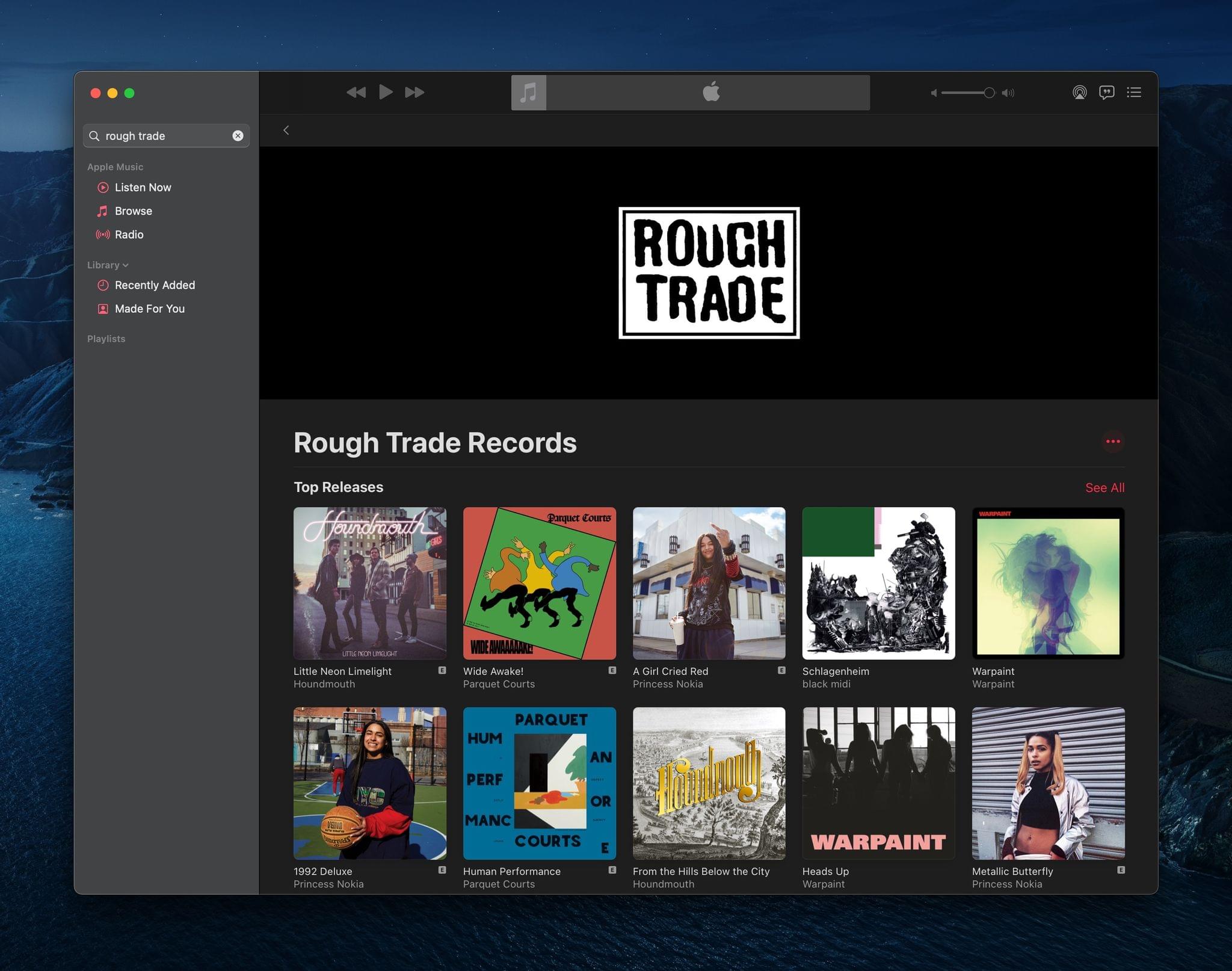Jason Snell, writing at Six Colors about one of the new keyboard-related additions to iPadOS 15:
In iPadOS 14, if you hold down the Command key, you can see a list of app-specific features and their key equivalents. It’s like a quick-reference card for keyboard shortcuts. In iPadOS 15, it’s been expanded to become more like the iPad equivalent of the Mac menu bar—not only does it list keyboard shortcuts, but it can list every command in the app, and you can click any of them to execute them. iPad apps that build out the Mac menu bar for their Catalyst version can pick this feature up for free. It’s another way that the Mac and iPad are trading features and complementing one another.
Then there’s the Globe key. Hold it down in any app in iPadOS 15, and you’ll see a different set of commands, all of which can be applied globally. (Get it?) These menus are full of shortcuts to switch to the home screen (Globe-H), open a Quick Note (Globe-Q), activate Control Center (Globe-C), and pretty much any other system-level area.
I particularly like Snell’s suggestion regarding these new global keyboard shortcuts and the Shortcuts app in the future. As I explained on Connected this week, I’ve been using iPadOS 15 since the first beta came out at WWDC, and I’m still learning all kinds of new keyboard shortcuts that are now supported by the system. Impressively, the new Globe modifier has been associated with all sorts of system functions, including Siri and Control Center.
If you use a third-party hardware keyboard that doesn’t have a Globe key, you can always remap another one in Settings ⇾ General ⇾ Keyboard ⇾ Hardware Keyboard ⇾ Modifier Keys. And while the keyboard shortcuts menu can be dismissed by holding the Globe key (or ⌘, for app-specific commands) again or clicking outside of it, you can also press the ⌘. shortcut (which is the equivalent of an Escape button on iPadOS) to instantly close it. Lastly, you can start typing while the menu is shown to quickly filter commands by name.








